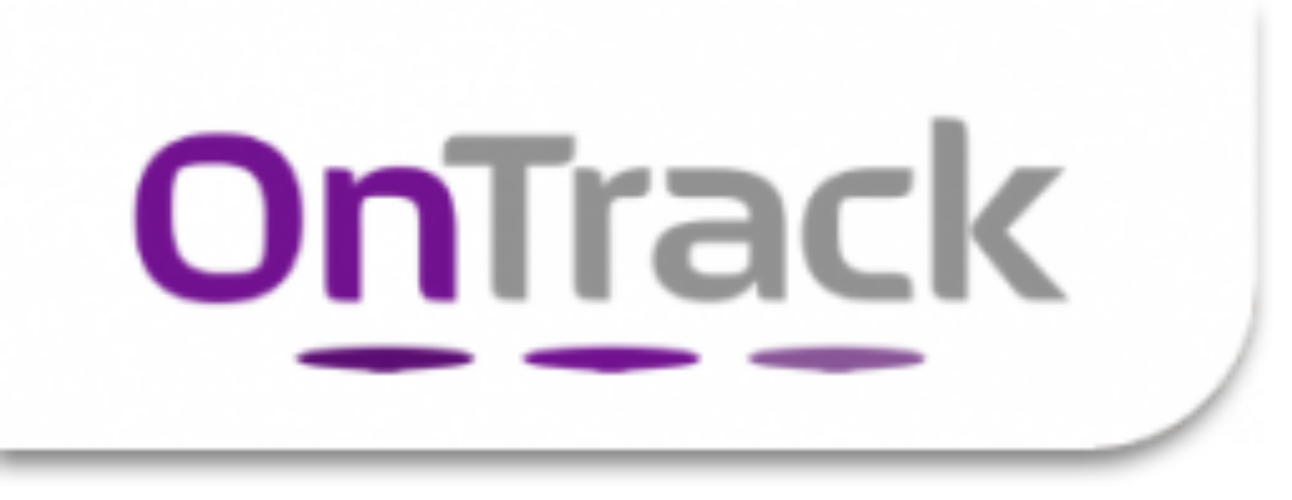With 2016 now behind us and a fresh, hopeful New Year waiting in front of you what is going to make the difference as far as your personal success is concerned?
Here’s a quick equation for you, courtesy of Dr Robert Zawacki (Professor of organisation and management at University of Colorado).
ED = RD x CD
An Effective Decision (ED) equals the Right Decision (RD) multiplied by your Commitment to the Decision (CD).
Knowing the right thing to do can be tough enough, but is nothing when it comes to actually doing something about it! And how many people do you know that start off with the best intentions only to slowly drift back in to the same patterns? New Year, New You…again!
Would you like to know how to become more committed to your right decisions?
A quick search on Amazon shows that there have been over 3,800 new books added to the ‘self-help’ category over the last 30 days alone, and there are now over 150,000 books in the sub-category of ‘Practical and Motivational’. There seems to be plenty of help out there…
First, the bad news…
The issue isn’t behavioural, it’s biological. The issue isn’t with our conscious choices, but in our unconscious…and they are fighting against you!
Why do we let this happen to ourselves? Put simply, we are all biased. At the latest count, we have 150 known biases that are designed to help us live our lives. Without them we would struggle to function on a day to day basis.
As Dr David Rock, author and director at the NeuroLeadershp Institute says, “If you have a brain, you are biased.” You might not like to admit it to yourself let alone anyone else, but there it is.
He further explains that it is necessary for us to have biases, although they seem to regularly have some unintended consequences, particularly in the workplace.
The issue here is that the biases are occurring at an unconscious level, and education doesn’t help that. So, reading the self-help book, or this article, will only take you so far. Being aware that you have biases does nothing on its own to mitigate them, which is a problem if some of those biases are the things that are holding you back from becoming the ‘New You’ that you have planned.
Now, here’s the good news…
Biases are here to help and are vital to our well-being. Dr Rock further suggests that you “Don’t try to take the bias out of people. Take the bias out of the processes”.
His work has also refined the 150 biases down into 5 categories that you can check your processes against. They are;
- Similarity Bias – People like me are better than others
- Expediency Bias – If it feels right it must be true (shortcutting information because it doesn’t seem to fit what you want)
- Experience Bias – My perceptions are accurate
- Distance Bias – Closer is better than distance (in both space and time)
- Safety Bias – Bad has a stronger influence than good (we resolve all the dangers before we look for opportunities)
If you have a brain, and you are willing to accept that you have biases, having this refinement could be priceless in mitigating some of the factors that have inhibited your commitment to your decisions (for decisions at the start of the year, read as goals or action plans or performance plans or development plans, or any other type of business speak you tend to use).
Run a check of your decisions against these five categories to see where the biases are likely to arise. It could be in more than one area.
Now that you can spot where they are likely to occur, try the following to stay on track;
For Similarity, look for commonalities with people who at first appear different from you.
For Expediency, delve into all the positives and negatives of a situation so that you have all angles covered.
For Experience, gain other perspectives and opinions. Be careful here because your bias will start to rubbish any information that seems to contradict your initial perceptions.
For Distance, find processes that take distance or time out of the equation.
For Safety, decide for someone else, or have someone else decide for you.
With this information, you can start to look at the process you are planning that will deliver the result you are after. A good way to view this is by using ‘If-Then’ scenario modelling.
“If scenario X happens, then I will perform behaviour Y”.
As an example; “If I am updating my succession plans in March, then I will ensure I speak with all key stakeholders for their opinions before the end of February.”
This change to a process means that the situation and behaviour become linked in your mind. This leads to faster access to the new behaviour when the situation arises.
This doesn’t remove the bias from the person, but does remove it from the process.
To finish, here is one of my own biases – Personally, I’ve always liked the Anthony Robbins comment about motivation, where he suggests that it a combination of the phrase “motive for action”. The things we do are a result of the motives we have for doing them. When the motive is strong enough we take the action necessary. We can name all the reasons why we don’t get what we intended for ourselves – time, money, education, opportunity, etc. Generally, we call these a lack of resources. Successful people have what Mr Robbins refers to as Resourcefulness.
They find a way to overcome. They mitigate their biases. They remain committed.
My sincerest best wishes for you achieving the levels of success you have in mind.




